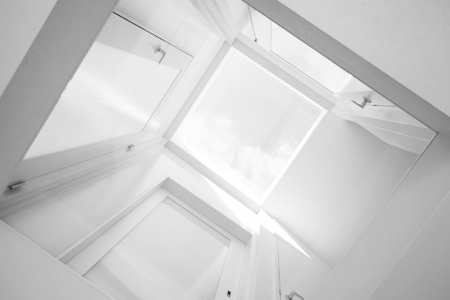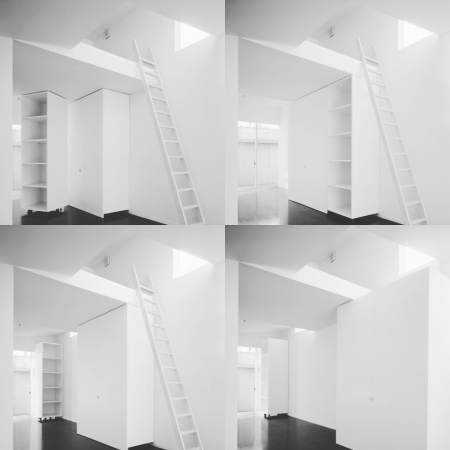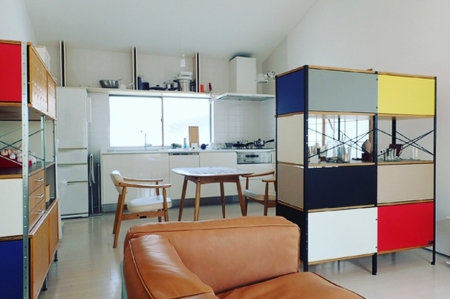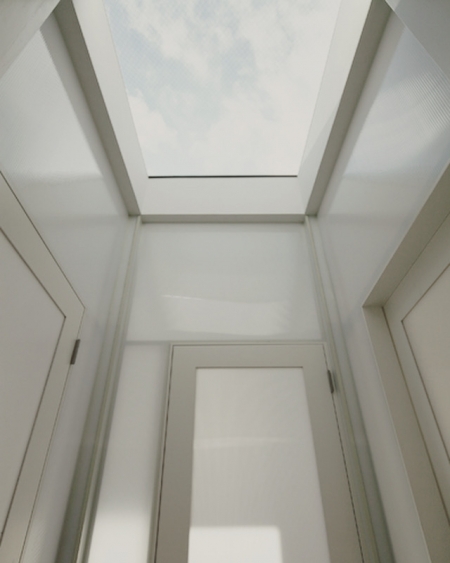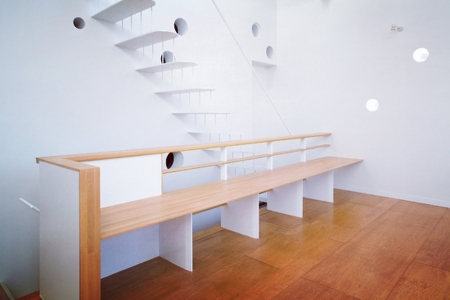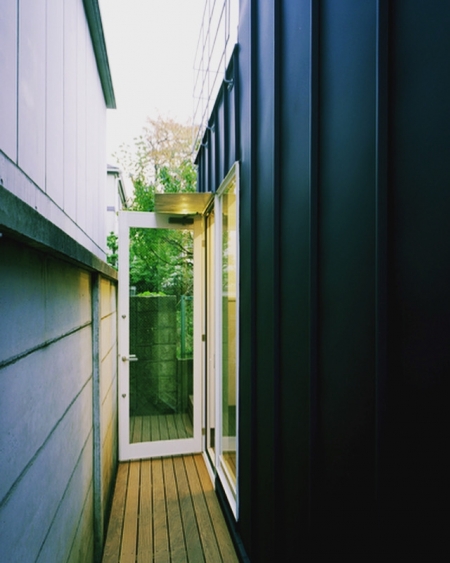受け入れられるか
あくまでも机上での話だが、建築が立ち上がる時、確信めいたものが芽生えるが、そのためには何かに裏打ちされていなければならず、その何かとは、今まで経験したことや、見聞きしたことや、得た知識など、裏付けや後ろ盾になるもので、それが無いと確信が持て無い。
ところが、その確信はやはり、何処かで見たり、経験したりしたことの延長線にあるので、その延長線にあるということに対しての安心感からの確信でしかない。
全く脈絡が無いことを人は思い付くが、それを上手く今までの繋がりの中に納めていくことになるので、当初の思い付きが上手く生まれ変わる。
その上手さがセンスかもしれないが、全く脈絡が無いことを考えている楽しみは無くなる。案外、この楽しみが新しいことを生み出す、それは生まれ変わらせることでは無くて、原動力なのではないか。だから、そのまま形にすれば、それが今までの繋がりから離れた新しいものになるが、ただ、それが受け入れられるかどうかはわかない。
"Is it acceptable?"
It's just a story on the desk, but when architecture starts up, things that I'm convinced will sprout. It provides support and backing for the acquired knowledge, and I cannot be convinced that it does not exist.
However, that conviction is still an extension of what you have seen or experienced somewhere, so it is only a conviction from a sense of security that you are on that extension.
People come up with the idea that there is no context at all, but they will be able to put it into their existing connections, so their initial ideas will be reborn.
The skill may be good, but the fun of thinking that there is no context disappears. Surprisingly, this pleasure creates something new, not a reincarnation, but a driving force. So, if you take it as it is, it will be a new thing that is far from the connection, but it is not clear whether it will be accepted.

